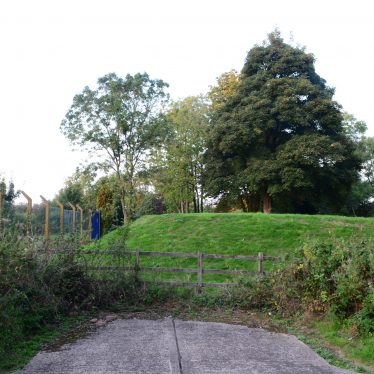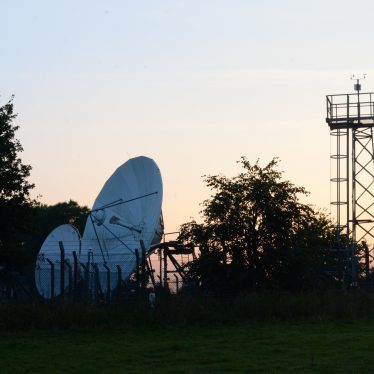- OK message received, a five kiloton bomb has exploded over Warwickshire and it’s an airburst.
- An airburst will destroy all property in a five mile radius.
- Place a symbol on the operations room map and begin to plot the radioactive fallout using the latest data from the Met Office on wind speed and direction.
- Inform predicted area officials via fallout warning system and implement evacuation if practical.
- Inform Royal Observer Corps headquarters, making sure they have all the relevant information.
Exercises
This was a very brief example of the type of exercise we practised during my time as a volunteer in the Royal Observer Corps, which at the time was an offshoot of the RAF.
- Another bomb and this report says it’s a ten kiloton ground burst! The radioactive fallout from this will be disastrous.
- It throws up columns of radioactive debris which will go miles up into the atmosphere.
- We will need to repeat the actions above.
Based in an underground bunker
The Royal Observer Corps was based in an underground bunker at Lawford Heath. This facility was designed to be self-sustaining in the event of an attack during the cold war. It had its own water supply and food stocks. The idea was to identify safe areas of the country for people to live after a nuclear holocaust. Every year we had to sit an exam to ensure we had received the proper training, we had to wear an issued uniform, and were given ranks akin to the RAF. I attended once a week during the evening to practise what we needed to do in the event of an emergency, such as a nuclear incident. This bunker is now a satellite communication centre and must be a very interesting place to work.
One kiloton equivalent = 1,000 tons of TNT










Comments
The National Archives have recently released some documents that detail planning for a nuclear attack. The area’s the Midlands, if not Warwickshire, and it’s an interesting little insight!
Add a comment about this page